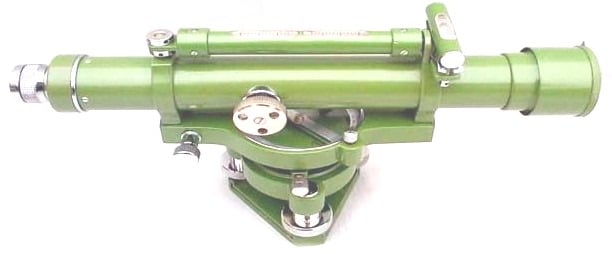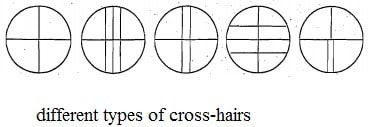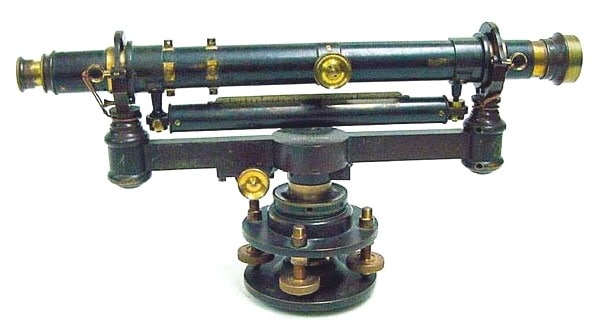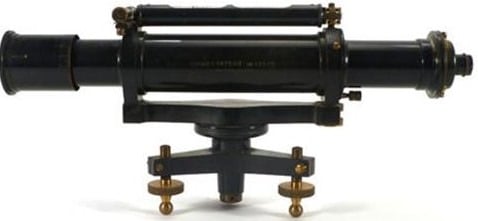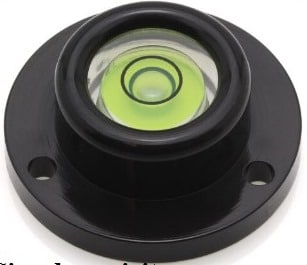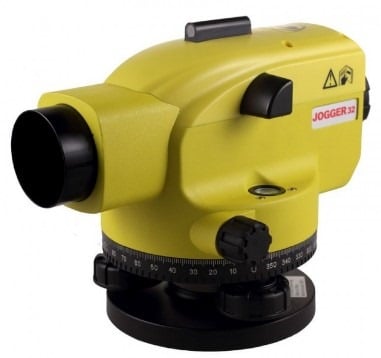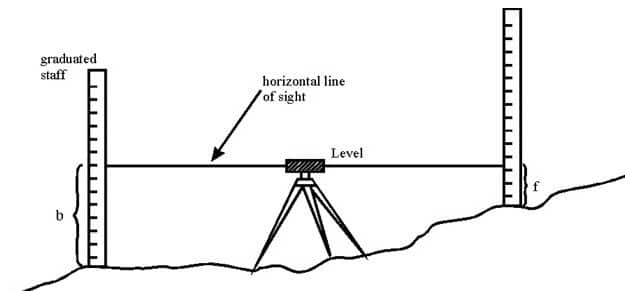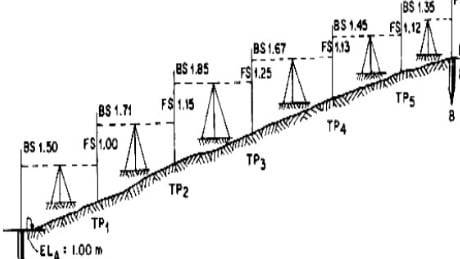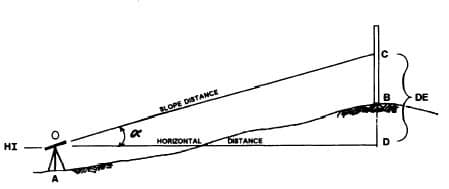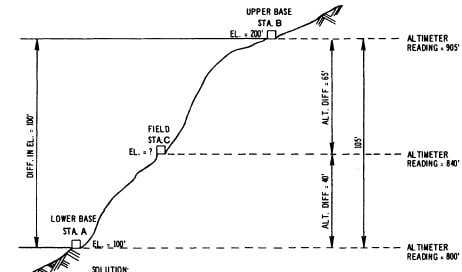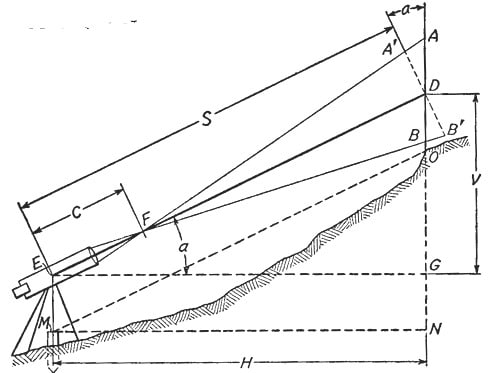Roles and Work of Surveyor in Construction
Roles and Work of Surveyor in Construction
The surveyor is the person who is supposed to make precise measurement that will identify the boundary. Surveyors help in providing unique contours on the surface of the earth which will let the engineers to make maps and construction projects.
1 What are the Duties of a Surveyor?
2 Work Characteristics of Surveyor
2.1 Field Work Conducted by Surveyors
2.1.1 The filed note consists of three parts:
2.2 Office Works Done By surveyor
2.3 Instruments Care and Adjustments by Surveyors
What are the Duties of a Surveyor?
The following are the duties of a surveyor.
The surveyors have to measure the distance and the angles between specific points on the earth surface.
Based on reference points, certain important features points are located by traveling.
Detailed research is carried out on the records related to the land, survey, and the titles of the land.
The boundary lines are to be located by searching for the past boundary present in the site.
The surveying is conducted and the obtained results are recorded. Later they are verified for accuracy and corrections.
Based on the surveyed records plots, maps, the respective reports of the surveyed site is prepared.
The findings obtained from the surveying is presented to the clients and the respective government agencies.
The official land needs and water boundaries are established. These are established either for lease or deeds.
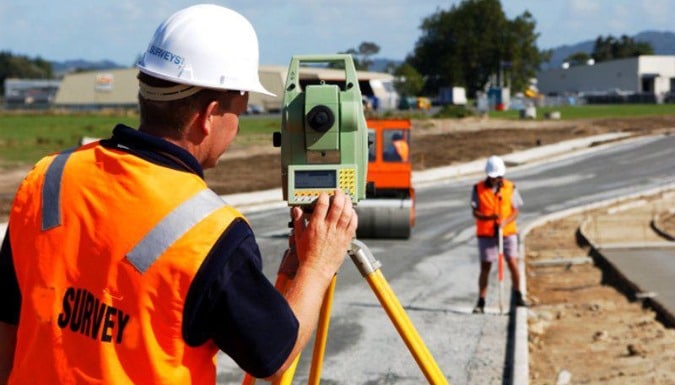
Work Characteristics of Surveyor
The works performed by the surveyor can be divided into three different parts. They are:
Field Work
Office Work
Instruments Care and Adjustments
Field Work Conducted by Surveyors
As mentioned in the duties of surveyor, he has to determine the points and their respective distances and angles which have to be recorded in the form of field notes.
The operations involved in the field works are:
Initial establishment of benchmarks and all the stations as the reference. Based on these operations the horizontal and the vertical control is established.
The angles between the survey lines created have to be measured.
All the details of the survey are explained and located based on the stations and the lines between the stations. The details are the streams, buildings, milestones, streets and any other natural or man-made features present in the area surveyed.
For the constructions works related to buildings, culverts, sewers, bridges, and water supply schemes the lines have to set out and the grades are established by the surveyors.
Height or the elevation of certain points are determined by surveying by the surveyor. Or in either case, specific points have to be established in required elevations.
Carrying out topographic surveying. This is the surveying of contour of the given land which involves both vertical and horizontal controls.
Parallel lines and perpendicular lines have to be established.
The inaccessible points have to be measured.
To conduct survey past the obstacles. Many miscellaneous field works based on the trigonometric and the geometric principles have to be conducted.
Determination of the meridian, latitude, and longitude or to determine the local time by carrying out observations on the sun or a star.
When dealing with field works, it is very important to understand the importance and the features of Field Notes.
Field notes are written notes that are prepared when the field work is carried out. There are situations when the whole precision of the survey and the field work becomes futile if the value recorded is wrong.
Hence the quality and competency of a surveyor’s work is more reflected in the field record when compared to the basic elements of surveying he performed.
The prepared field notes must be eligible, comprehensive, and Concise. The values and remarks have to be written in clean, clear plain letters and figures. There are certain basic rules to be keep while maintain a field note. They are:
As soon as the observations are made, the values are recorded in the field book
The pencil used must be sharp 2H or 3H. Never make use of a soft or ink pencil
It is recommended to have simple style of writing that must be consistent
Try to use liberal number of sketches
Each day of survey work must end up with a brief note. This must have the title of the work, the date of survey, the conditions of weather, the personnel involved, the list of the instruments and the equipment used.
It is recommended not to erase. If a mistake is made, rule through the mistake and the corrected value is marked above it.
The daily notes created must be signed.
The filed note consists of three parts:
1. Numerical Values
All the recorded measurements like length, angles, staff readings, offsets are recorded in this column on the field book. All the figures that are significant must be recorded correctly. Values nearest to 0.01 must be recorded. A value observed as 342.30 must be written as same and not as 343.3.
2. Sketches
The sketches will resemble the outlines, the topographic features, and the locations relative to each other. These are not made to the scale. If we plan to place the measurements on the sketches, correct belongings must be made while marking it. Always make a sketch which makes the interpretation easier. This must avoid maximum confusion. The sketches must be large, open as well as clear.
3. Explanatory Notes
All those that cannot be conveyed through the values and the remarks must be written in the explanatory note section. These remarks will help to proceed the later works.
Office Works Done By surveyor
Drafting, computing, and designing are the office works that have to be performed by the surveyor.
The drafting performed consists of the preparation of plans and the sections. These must be plotted to the measurement and to scale and prepare the topographic maps.
The computing process is done in two cases. Initially, it can be done for the plotting. Secondly, it can be constructed for the determination of the areas and the volumes.
Instruments Care and Adjustments by Surveyors
If there is good experience in handling the equipment, the works can be carried out with great experience and precision. This knowledge on handling will make us understand the limitations of the instrument and can take proper care of these equipment.
There are many instruments like the level, theodolite, etc. that requires great care with delicate handling. There are many delicate parts in the instruments, if any of the parts get affected, it will bring total complaint and total loss.
The relative positions of the instruments must be checked while taking out the instrument and during its placement back after the use. Straining the parts of the instrument will result in the incorrect measurements.
The precautions that must be taken are:
The instrument must not be lifted by holding the telescope or the circular plate. We must hold the foot plate or the leveling base.
The movement of the instrument from one place to another must be carried out by placing it on the shoulder. All the clamps are set tightly.
When not in use, the lens must be covered.
Setting up the instrument on a smooth floor without any kind of precautions must be avoided.
The instrument must not be exposed to dust and dampness or direct sun rays. A waterproof cover can be used to cover and protect it.
Not leave the instrument without any guard.
The steel tape after use must be cleaned and kept dry. While measuring, vehicles are not allowed to move over it.
In case of compass instrument, the compass must not be allowed to swing without any need. This is lifted off the pivot when not in use.


